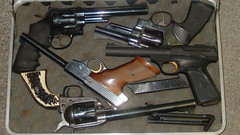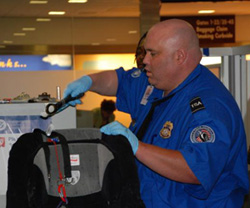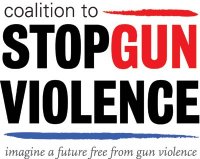A rather remarkable document was published this week, remarkable because it undercuts much of the current nonsense that comes from the NRA and its supporters about the link between guns and deaths or injuries suffered by children. The report wasn’t issued by the CDC or any other federal government agency whose research has long been derided by the NRA as being useless because it’s “anti-gun.” Rather, it’s a report issued by the Public health Department of Seattle and King County, areas not particularly known for their anti-gun or DC-elitist sentiment.
The report covers the years 1999 to 2012, during which time 68 children were killed by firearms and another 125 admitted to hospitals with gun injuries. The sober comment that introduces the report and these numbers are: “Every one of these deaths and injuries was preventable.” Why? Because according to the report’s authors, more than two-thirds of all homicides involved either people who were related or people who knew each other and, in the case of suicides, more than three-quarters of the victims used guns that were owned by a member of the victim’s family. In other words, child gun violence in King County, WA, is like child gun violence everywhere else: a personalized form of anger that has roots in social or familial relationships.
King County’s gun-owning population, according to the study, contributes to the level of gun violence simply because too many guns aren’t unloaded and/or locked away in too many homes. More than one in five gun owners stored their guns loaded and nearly one in five left them unlocked. The result is that the risk of a completed suicide among children under the age of 18 is more than 9 times higher in such gun-owning environments, and even in homes where guns were locked away, 16% of the successful children who used a gun knew how to unlock and get their hands on the weapon they then used.
The good news in all this is that King County isn’t waiting for the Federal Government to pass another law on gun control. In fact, the County has enrolled gun dealers all over the area in a program called LOK-IT-UP, in which consumers can purchase gun safety safety devices at discounts of ten or fifteen percent. As I mentioned in my previous post, more and more local communities are beginning to develop their own public health programs to deal with gun violence in positive and meaningful ways. They aren’t taking guns away from law-abiding gun owners, they don’t demonize anyone for owning a gun. They are responsible and meaningful approaches to a problem that won’t go away no matter how much we argue about 2nd Amendment rights.
As the one-year anniversary of Sandy Hook approaches, let’s hope that the program in King County becomes a national trend.
Related articles
- King County unveils discounts for gun-safety devices (seattletimes.com)
- Gun Education (pols311outreach.wordpress.com)







